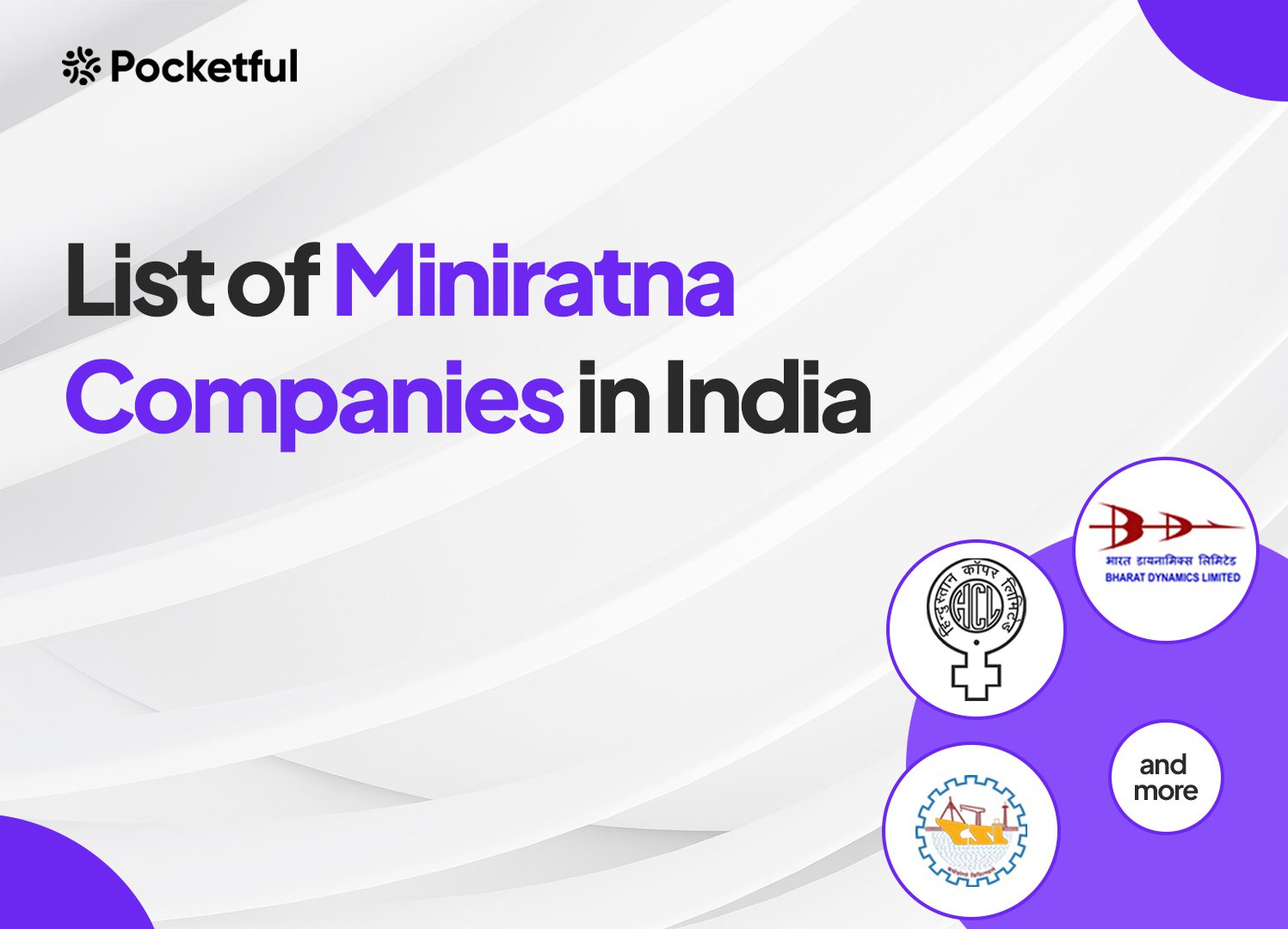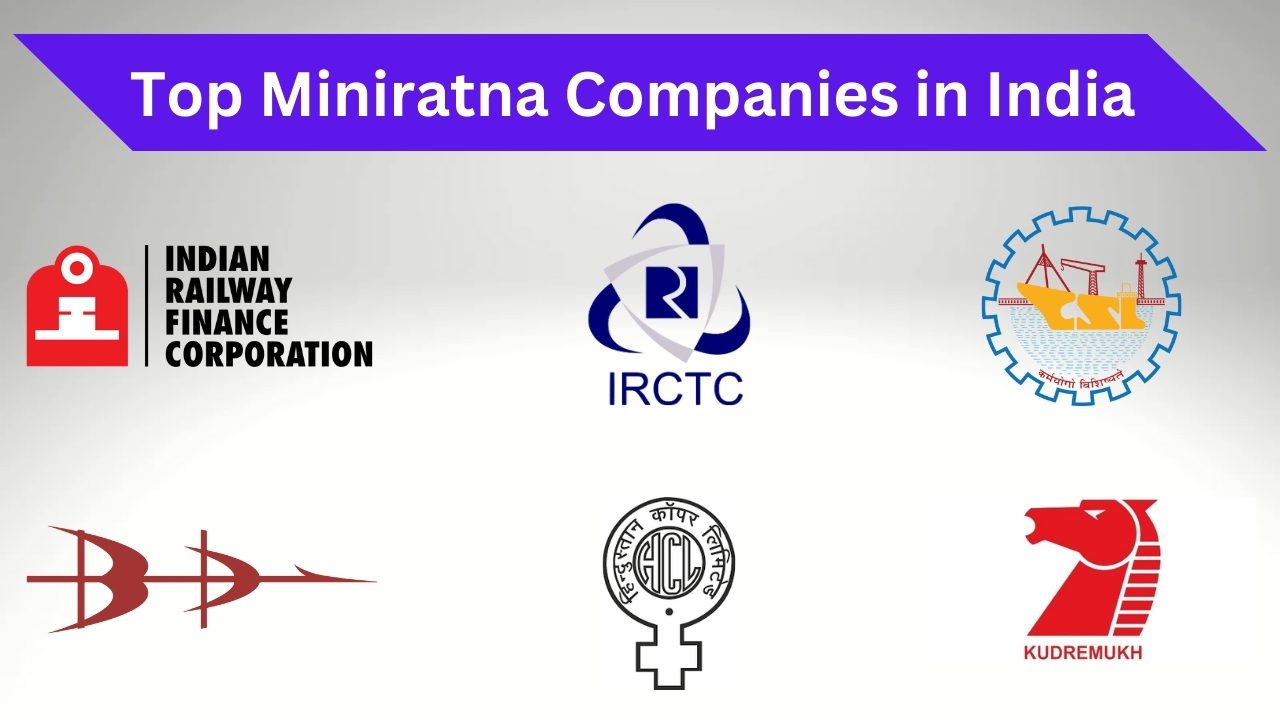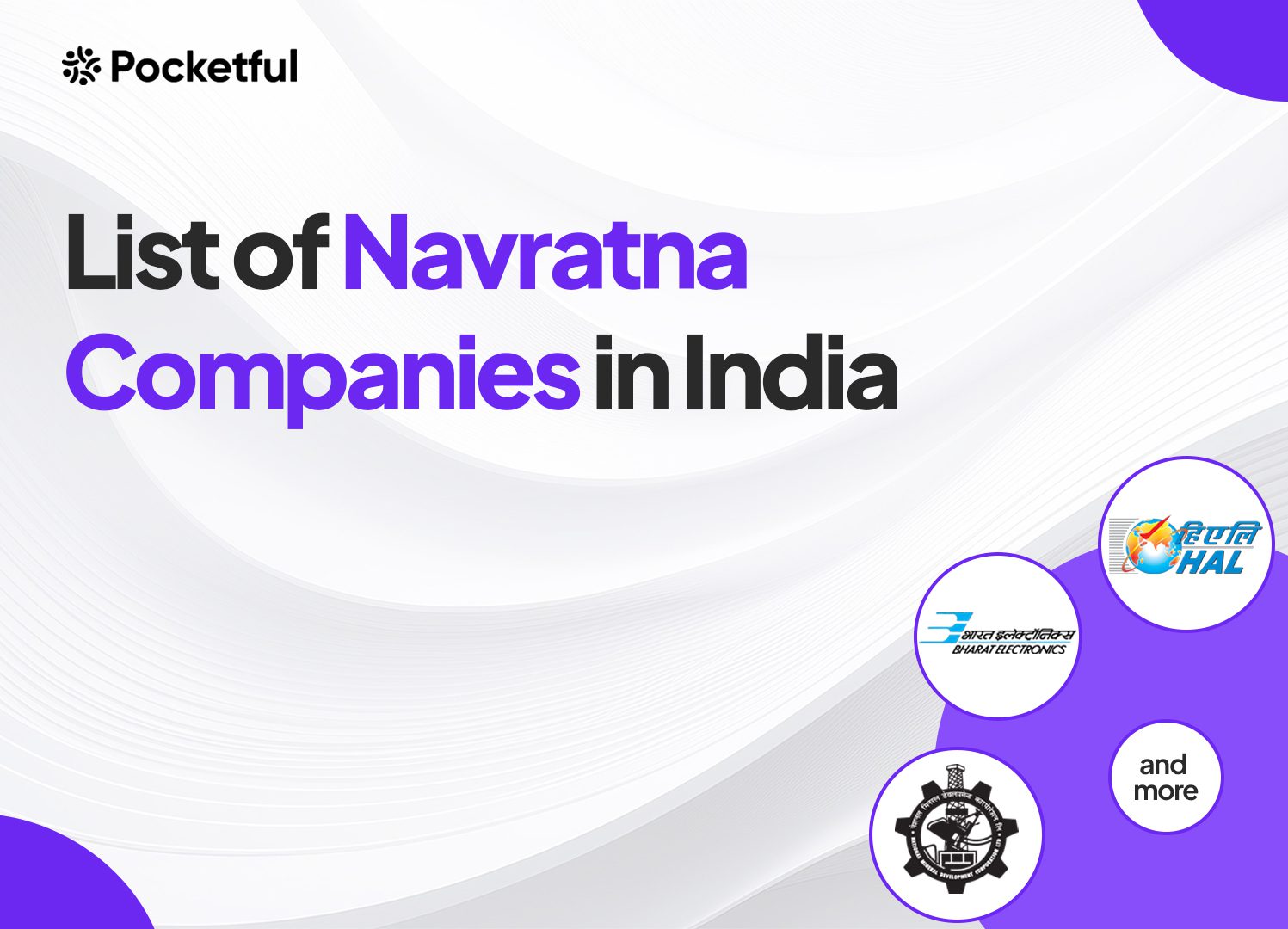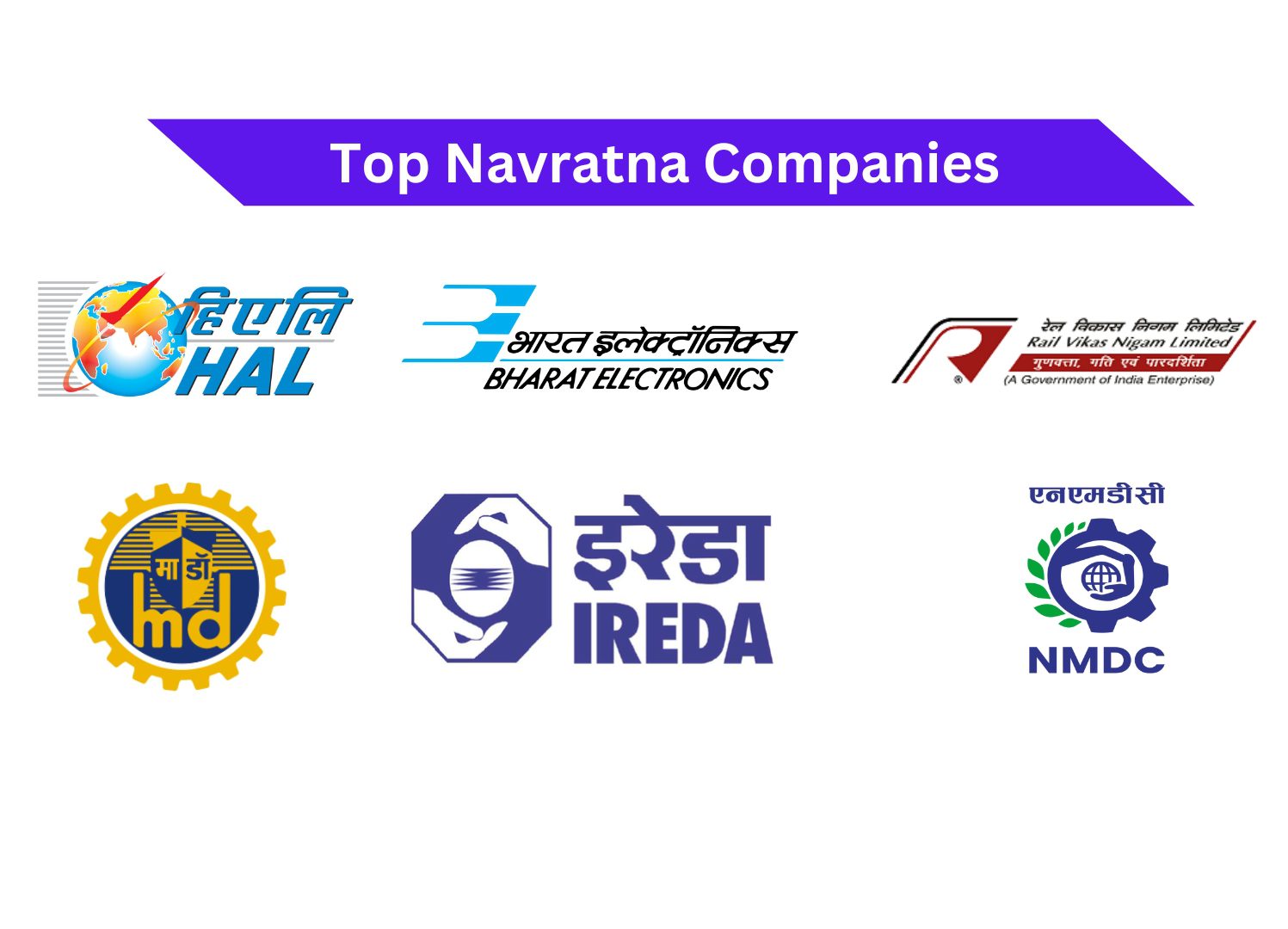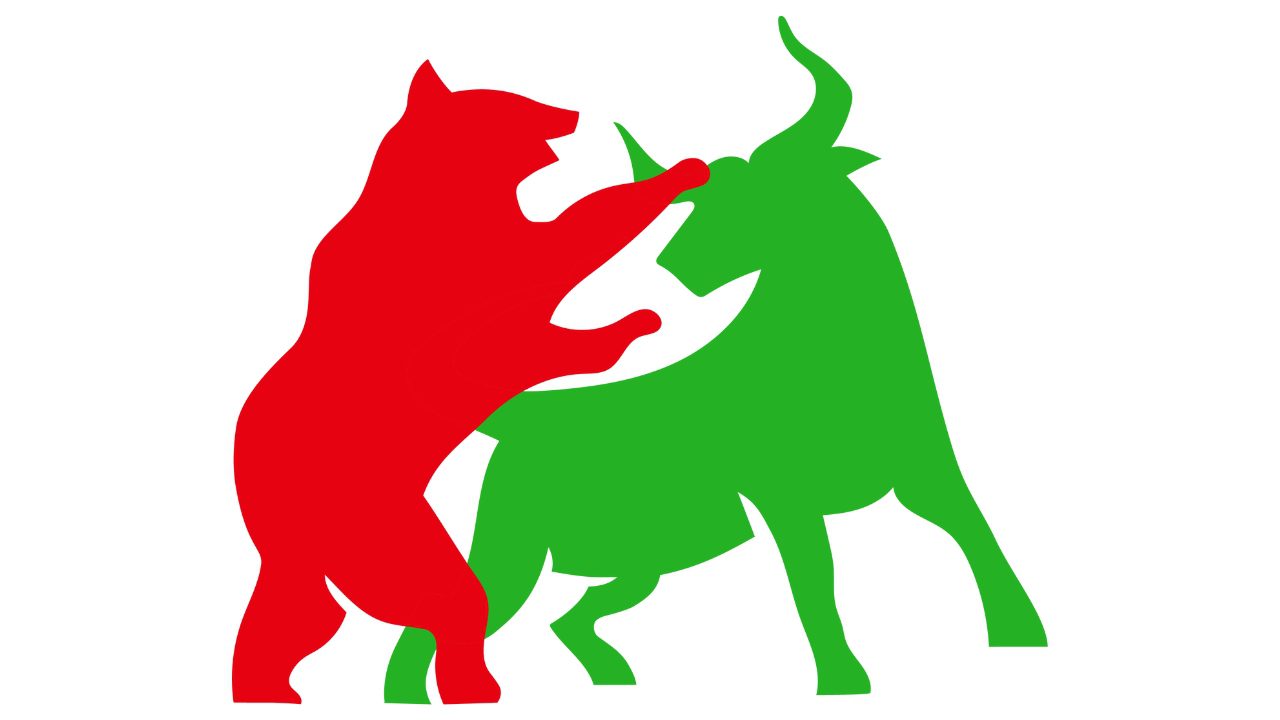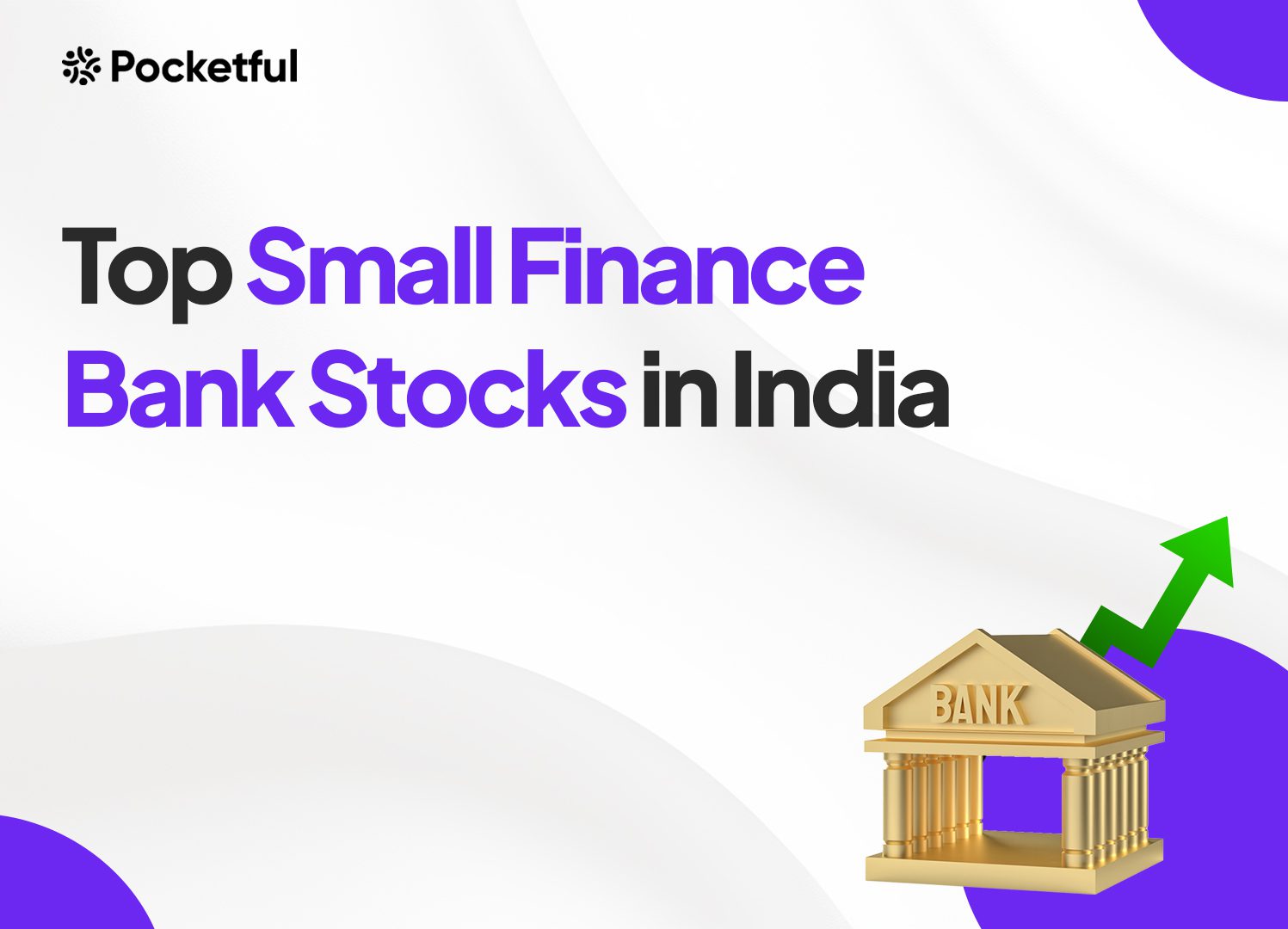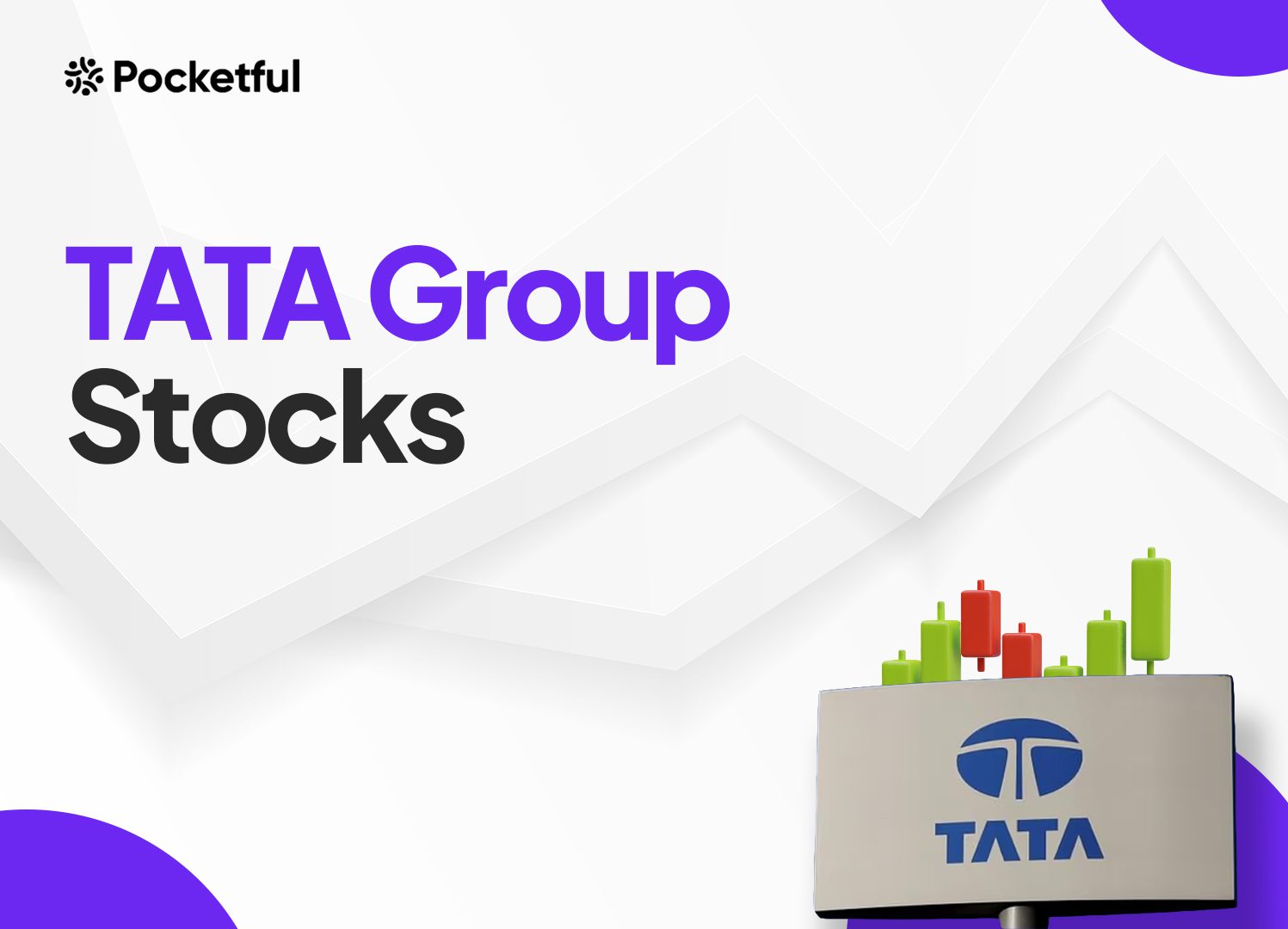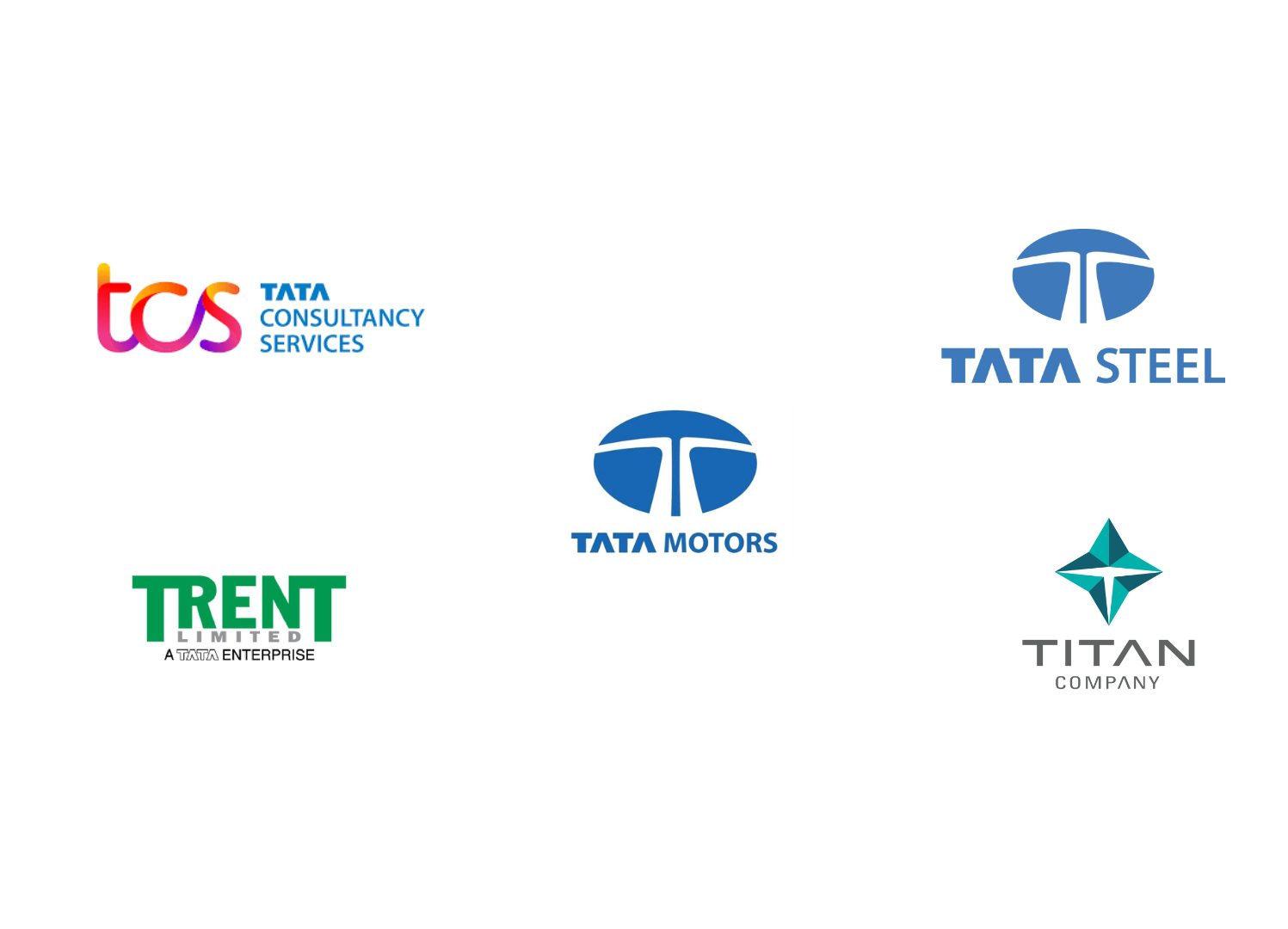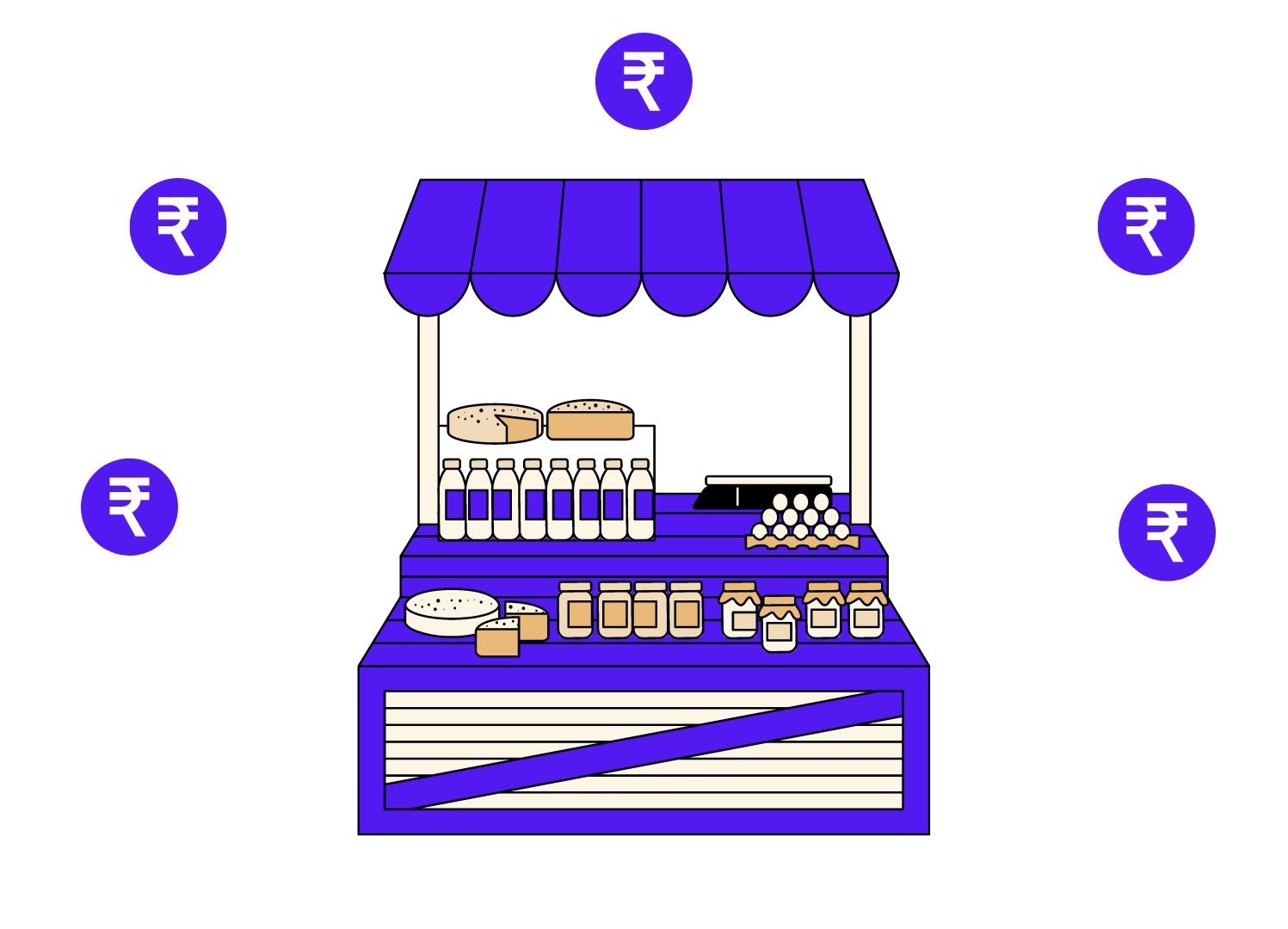Every new investor entering the market has two questions, one related to the cheapest stocks to invest in and the other one about which companies have the most expensive stock in India. Some companies in India have such a high market price that may surprise you. Interested in knowing about these companies? Read on.
In this blog, we will discuss the top 10 most expensive stocks in India.
List of Top 10 Most Expensive Stocks in India
The most expensive stocks in India are:
| S.No. | Expensive Stocks |
|---|---|
| 1 | Elcid Investments ltd |
| 2 | MRF Ltd. |
| 3 | Honeywell Automation India Ltd. |
| 4 | Page Industries Ltd. |
| 5 | 3M India Ltd. |
| 6 | Bosch Ltd. |
| 7 | Abbott India Ltd. |
| 8 | Shree Cement Ltd. |
| 9 | Procter & Gamble Hygiene and Healthcare Ltd. |
| 10 | Lakshmi Machine Works Ltd. |
The top 10 most expensive stocks have been listed in descending order based on their share prices in the table below:
| Company | Current Market Price (INR) | Market Capitalization (In Crores) | 52-Week High | 52-Week Low |
|---|---|---|---|---|
| Elcid Investments ltd | 2,68,337 | 5,367 | 3,32,400 | 3.53 |
| MRF Ltd. | 1,22,820 | 52,131 | 1,51,445 | 1,10,618 |
| Honeywell Automation India Ltd. | 42001 | 37,129 | 59,994 | 34,978 |
| Page Industries Ltd. | 44,607 | 49,737 | 48,413 | 33,070 |
| 3M India Ltd. | 31,902 | 35,953 | 41,000 | 28,424 |
| Bosch Ltd. | 34,302 | 1,01,69 | 39,089 | 20,551 |
| Abbott India Ltd. | 27,224 | 57,852 | 30,521 | 21,983 |
| Shree Cement Ltd. | 24,106 | 86,978 | 30,738 | 23,500 |
| Procter & Gamble Hygiene and Healthcare Ltd. | 15,800 | 51,289 | 18,388 | 15,306 |
| Lakshmi Machine Works Ltd. | 15,381 | 16,431 | 15,719 | 15,251 |
1-Year Returns of Top 10 Most Expensive Stocks in India
The top 10 most expensive stocks in India have been listed in descending order based on their 1-year returns in the table below:
| Company | 1-Year Returns |
|---|---|
| Elcid investments ltd | 76,01,509.07% |
| MRF Ltd. | 10.26% |
| Honeywell Automation India Ltd. | 13.59% |
| Page Industries Ltd. | 18.37% |
| 3M India Ltd. | 3.48% |
| Bosch Ltd. | 52.23% |
| Abbott India Ltd. | 19.28% |
| Shree Cement Ltd. | -7.14% |
| Procter & Gamble Hygiene and Healthcare Ltd. | -13.41% |
| Lakshmi Machine Works Ltd. | -10.07% |
Read Also: List of Top 10 Blue Chip Stocks in India with Price
Overview of the Top 10 Most Expensive Stocks in India
The overview of India’s top 10 most expensive stocks is mentioned below-
1. Elcid Investments Ltd
Elcid Investments is a holding company registered with the Reserve Bank of India (RBI) under the category of Investment Company. The company is promoted by the Vakil Family. Arvind Vakil, head of the family, was one of the 4 partners who started Asian Paints in 1942.It also has 2 wholly owned subsidiaries viz. Murahar Investments & Trading Co Ltd and Suptaswar Investments & Trading Co Ltd which holds 0.60% and 0.68% in Asian Paints respectively.It holds ~4.2% stake in the company which has a total value of ~9,996cr crores as on December 2022.
2. MRF Ltd.
K.M. Mammen Mappillai established the Madras Rubber Factory (MRF) in 1946. Before manufacturing tyres, the company began its journey as a toy balloon manufacturing unit. The company ventured into tread rubber manufacturing in 1952 and became a market leader in just four years. In 1961, the business partnered with USA’s Mansfield Tire & Rubber Company and opened its first manufacturing facility in Chennai. The company went public on the Indian Stock Exchange in 1961. The company manufactures a wide range of products, including tyres for two-wheelers, cars, trucks, and even airplanes. The company’s headquarters is in Chennai.
3. Honeywell Automation India Ltd.
Honeywell Automation India Ltd. was established in 1984 as a joint venture between the Tata Group and Honeywell International. The business was initially known as Tata Process Control Pvt. Ltd. In 1988, the company was listed on the Indian stock exchange and was renamed Tata Honeywell Ltd. In 2004, the company was again renamed Honeywell Automation India Ltd. when Honeywell International Asia Pacific Inc. purchased the stake of the Tata Group. The company operates in many sectors, such as aerospace, energy, healthcare, IT, life sciences, utilities, etc., and provides automation and control systems for commercial, residential, and industrial use. The company’s headquarters is in Pune.
4. Page Industries Ltd.
Sunder Genomal and his family established the business in 1994. The business signed an exclusive agreement with Jockey International Incorporation for the manufacture, distribution, and sale of Jockey goods in India, Sri Lanka, Bangladesh, Nepal, UAE, Oman, and Qatar. In 2005, the company went public on the Indian Stock Exchange. The business has increased its product range by obtaining an exclusive license from Speedo International Ltd. to manufacture, market, and distribute its products in India. The company’s headquarters is in Bangalore.
5. 3M India Ltd.
In 1987, 3M India Limited was established as a subsidiary of 3M Company, an American multinational corporation. The company provides specialist products for automotive, electrical, healthcare, and other sectors. The company was publicly listed in 1991. 3M India owns popular brands such as Scotch Brite, Nexcare, and Littman. With several production facilities dispersed throughout the nation, it efficiently meets the needs of both B2B and B2C markets. The organization’s headquarters is in Bangalore.
6. Bosch Ltd.
The company was established in 1886 by Robert Bosch in Germany. By 1897, the company became a market leader in ignition systems and became a major supplier to the automotive industry. The company set up a sales office in India in 1922 and operated only through imports for the next 30 years. Motor Industries Company Limited was founded in 1951, and Bosch instantly bought 49% of its stock. Both fuel injectors and spark plugs were produced there. The business opened its first manufacturing facility in Bengaluru, and over time, it established R&D facilities in Pune, Hyderabad, and Coimbatore, as well as another manufacturing facility in Nashik. In 1993, the company was listed on the Indian Stock Exchange. In 2008, MICO was renamed as Bosch Limited. In 2014, the company launched an eye-care solution in India and has since developed equipment for affordable eye care. The company’s headquarters is in Bangalore.
7. Abbott India Ltd.
Abbott India was established in 1910 and started operations as a marketing affiliate. It was founded as a subsidiary of Abbott Laboratories. The business provides more than 400 branded generic medicines in India, and its products are available at approximately 5,00,000 pharmacies nationwide. The company also provides diagnostic solutions, medical devices, and other nutritional products. The business purchased Piramal Healthcare Solutions in 2010 to strengthen its market position in the Indian pharmaceutical sector. The company’s headquarters is in Mumbai.
8. Shree Cement Ltd.
Shree Cements Ltd. was established by Benu Gopal Bangur in 1979. The company’s first manufacturing facility was set up in Rajasthan. To meet the needs of the Indian infrastructure sector, the company increased its cement manufacturing capacity and is currently India’s third-largest cement producer. In 2012, the company established a thermal power plant with a capacity of 300 MegaWatt. The company acquired Union Cement in 2018 to further expand its manufacturing capacity. Its main office is in Kolkata.
9. Procter & Gamble Hygiene and Healthcare Ltd.
The business was established in 1964 to manufacture and market Vicks range of products in India. The company was initially known as Richardson Hindustan Limited. The company began diversifying its product line in the 1980s and introduced Whisper and other feminine hygiene products. Ariel detergent was also launched in 1991 and is a well-known brand today. The organization’s headquarters is in Mumbai.
10. Lakshmi Machine Works Ltd.
Dr. G.K. Devarajulu established the business in 1962, and its primary business was manufacturing textile machinery. Subsequently, the business installed a state-of-the-art facility to generate superior castings for both domestic and international clients. In 2010, the company established an Advanced Technology Centre (ATC) to manufacture components for the aerospace and defense sector. The company’s headquarters is in Coimbatore.
Read Also: List Of Best Textile Stocks in India 2025
Key Performance Indicators
| Company | Net Profit Margin (%) | ROE (%) | ROCE (%) | P/E Ratio | P/B Ratio |
|---|---|---|---|---|---|
| Elcid investments ltd | 74.69 | 1.5 | 1.85 | 22.2 | 0.46 |
| MRF Ltd. | 8.26 | 12.46 | 16.40 | 27.81 | 3.44 |
| Honeywell Automation India Ltd. | 12.35 | 13.90 | 18.46 | 83.21 | 12.34 |
| Page Industries Ltd. | 12.42 | 35.64 | 45.94 | 79.90 | 28.83 |
| 3M India Ltd. | 13.92 | 27.17 | 35.83 | 64.43 | 18.35 |
| Bosch Ltd. | 14.88 | 20.66 | 19.48 | 37.56 | 7.94 |
| Abbott India Ltd. | 20.53 | 32.47 | 42.33 | 51 | 17.09 |
| Shree Cement Ltd. | 11.67 | 11.57 | 14.74 | 44.24 | 4.50 |
| Procter & Gamble Hygiene and Healthcare Ltd. | 16.05 | 87.11 | 110.03 | 77.83 | 67.81 |
| Lakshmi Machine Works Ltd. | 7.95 | 13.82 | 16.21 | 59.64 | 6.42 |
Read Also: 10 Best Copper Stocks in India
Conclusion
In conclusion, the majority of India’s most expensive stocks have solid fundamentals. These firms’ stock prices are so high because the majority of them have not declared a stock split or bonus share. Because these equities typically have smaller volumes than other stocks, as an investor, make sure you speak with your investment advisor before investing in such a stock.
| S.NO. | Check Out These Interesting Posts You Might Enjoy! |
|---|---|
| 1 | List Of Best Healthcare Stocks in India 2025 |
| 2 | List of Best Telecom Stocks in India 2025 |
| 3 | List Of Best Footwear Stocks in India 2025 |
| 4 | List Of Best Logistics Stocks in India 2025 |
| 5 | List of Best Liquor Stocks in India |
Frequently Asked Questions (FAQs)
Which is the most expensive Stock in India?
Elcid Investments ltd is the most expensive stock in India.
What are the top 5 expensive stocks in India?
Elcid Investments ,MRF, Honeywell Automation Limited, Page Industries Limited and 3M India Limited are the top 5 most expensive stocks in India.
What is the full form of MRF Limited?
The full form of MRF is Madras Rubber Factory.
Why is the stock price of MRF so expensive?
The stock price of MRF is high because the corporation has never declared a stock split, and a bonus issue was declared way back in 1975.
Is it safe to invest in expensive stocks?
Because most expensive stocks have good fundamentals, including financial performance, they are regarded as secure investment options. However, because expensive stocks often have low liquidity, it is advisable to consult a financial advisor before investing.

